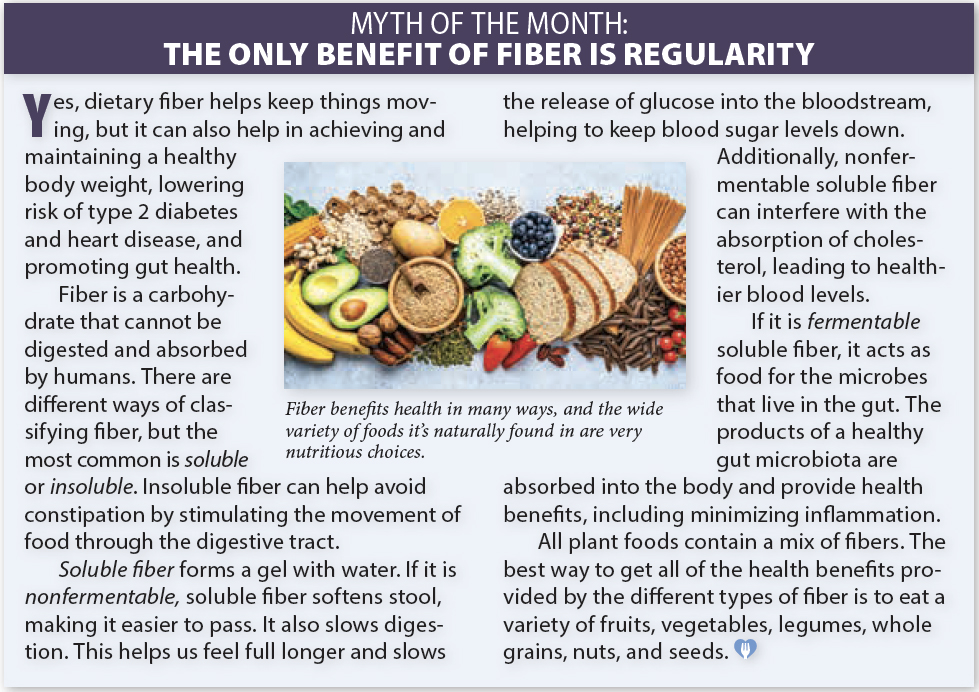Ask Tufts Experts: Grass-fed vs Grain-fed Beef
Is there really a difference in the nutritional value of meat from grass-fed and grain-fed cattle?
Judith C. Thalheimer, RD, LDN, executive editor of Tufts Health & Nutrition Letter, answers: “Cattle are considered ‘grass-fed’ when they graze on pasture and grasses for the entirety of their lifespan. Conversely, the confined spaces where the vast majority of U.S. cattle reside (feedlots) employ a diet of ‘feed grains’ like corn and soy.
“All beef is an excellent source of iron, vitamin B12, and protein (however, it is worth noting that most Americans already exceed the recommended protein intake). Grass-fed and grain-fed beef are very similar in terms of nutrient content. Grass-fed beef does contain higher levels of omega-3 fatty acids (unsaturated fats that play an important role in heart and brain health), but is still not a good source of these fats. A threeounce serving of salmon, for example, has 81 times more grams of omega-3 fatty acids than a three-ounce serving of grass-fed beef.
“Something else to consider when choosing between grass-fed and grain-fed beef is the potential ethical, environmental, and financial differences. Proponents of grass-fed beef assert that pasture grazing is more humane and better for the environment in various ways (it promotes soil health and requires less antibiotic use than raising beef on feedlots, for example). While the science is mixed on whether grassfed or grain-fed systems are better for reducing our carbon footprint, some argue that feedlots are more sustainable and offer environmental benefits through the reduction of land necessary for animal agriculture. Grass-fed beef is more expensive than grain-fed beef.
“Whether you pick grass-fed or grain-fed beef is up to personal preference and budget. Regardless, all red meats (beef, pork, and lamb) are high in saturated fat relative to unsaturated fat, so it is preferable to substitute some beef in the diet with other sources of protein, such as beans, lentils, nuts/seeds, fish, and fat free and low-fat dairy. If you do choose to consume red meat, cut down on frequency, opt for the leanest cuts, and take smaller portions.”

The post Ask Tufts Experts: Grass-fed vs Grain-fed Beef appeared first on University Health News.
Read Original Article: Ask Tufts Experts: Grass-fed vs Grain-fed Beef »


